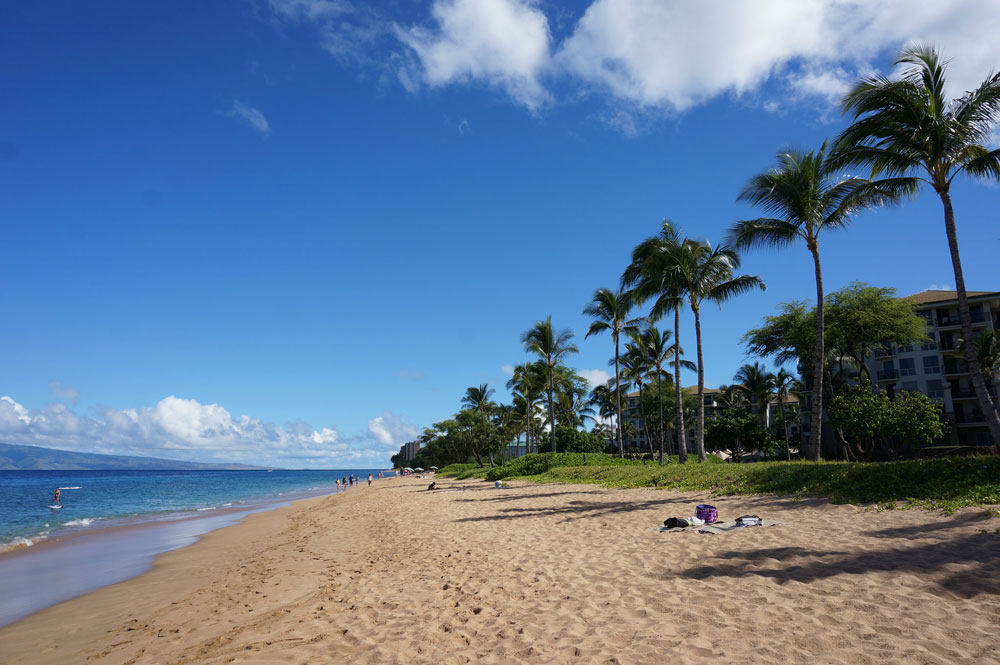
April 23, 2020; New York Times and Earthjustice (1 and 2)
It is not often these days that we celebrate a victory at the US Supreme Court for the little guys. And when those “little guys” have been fighting for more than ten years for the environment and environmental regulations, which seem to be rolled back on a regular basis these days, that victory seems a bit sweeter.
Last week, the justices ruled 6 to 3 in the County of Maui v. Hawai’i Wildlife Fund in favor of the Hawai’i Wildlife Fund and upholding the regulations in the Clean Water Act. This ruling closes a loophole in the act that will protect US waters from pollution. According to Earthjustice, it also elevates the Clean Water Act as one of the nation’s most effective environmental laws. How so?
Imagine a beautiful pristine park in Maui, Hawaii. Kahekili Beach Park is a popular tourist destination with turquoise waters and brightly colored fish and tropical coral reefs. Or it used to be that way. Now, picture that same park and reef after a wastewater treatment plant’s discharges into the groundwater reach that area. You now have treated wastewater, still with dangerous levels of phosphorus and nitrogen, that promotes excessive growth that smothers the reef, turning it a dull, lifeless brown.
For years, community groups complained to the county about the groundwater pollution and what it was doing to the reef. Studies, including a 2011 US Environmental Protection Agency (EPA) funded study, showed conclusively that the wastewater’s dangerous chemical content and sewage flow was linked to the ongoing harm to the reef. The county did nothing, stating that it had no legal responsibly as the pollution does not flow directly into the ocean, but reaches it indirectly, via groundwater. The Clean Water Act, according to them, only covers direct discharges. Note the loophole!
Twice, in 2014 and 2018, lower courts rejected the county’s position. But the county appealed to the US Supreme Court, which agreed to review the case. The County of Maui was joined in this case by fossil fuel and industrial agriculture groups as well as the EPA under President Trump, which sided with the county. This reversed 40 years of EPA guidance.
Sign up for our free newsletters
Subscribe to NPQ's newsletters to have our top stories delivered directly to your inbox.
By signing up, you agree to our privacy policy and terms of use, and to receive messages from NPQ and our partners.
The Clean Water Act requires owners of point sources of pollution to obtain a permit for “any addition of any pollution to navigable waters.” A lack of such a permit can result in daily fines of more than $50,000. In Maui, the plant used injection wells that clearly were such point sources. The question before the court was whether the indirect discharges the seeped into the groundwater and from there into the ocean were covered by the Clean Water Act.
The Court found for the Wildlife Fund, but, even so, its victory was less than total. Justice Stephen Breyer wrote for the majority, which included his three liberal colleagues as well as Chief Justice John Roberts and Justice Brett Kavanaugh. Breyer in his opinion wrote that both sides were too extreme in their positions.
“Virtually all water, polluted or not, eventually makes its way to navigable water,” he wrote. “The question courts should ask was whether the addition of the pollutants through groundwater is the functional equivalent of a direct discharge from the point source into navigable waters.”
The court then remanded the case to the 9th Circuit to apply the new standard. Justice Clarence Thomas was joined in dissent by Justice Neil Gorsuch. Justice Samuel Alito wrote a separate dissent.
Earthjustice called this case the “Clean Water Case of the Century.” David L. Henkin, who argued the case on behalf of the Hawai’i Wildlife Fund, said, “This decision is a huge victory for clean water. We are glad the Court has recognized the importance of protecting clean water for all Americans.”
This is a narrow victory, as the 9th Circuit will still have to set standards. But environmentalists nonetheless can raise a clear, clean glass of water to toast this victory over those who would pollute the planet. Let’s savor it.—Carole Levine












